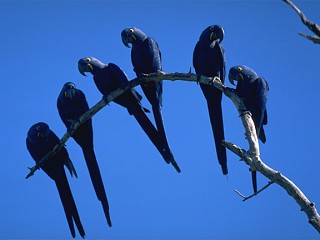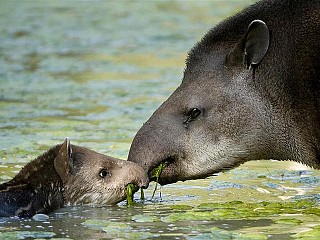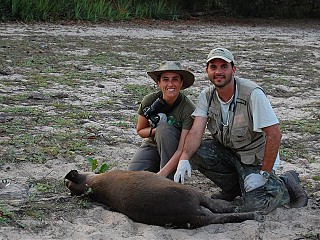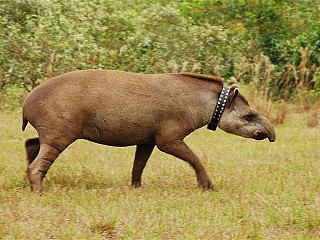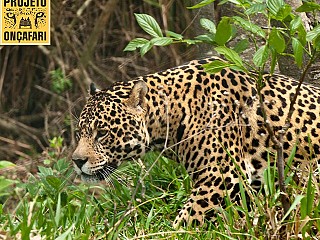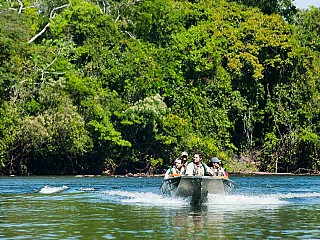Since 1999, the Cristalino Jungle Lodge has been supporting the Cristalino Foundation in its initiatives geared to environmental education, human development, creating economic alternatives for the local population, minimizing environmental impacts, research and sustainability in the region. We seek solutions through the integration of people with the environment. That means teaching them about environmental issues and taking concrete steps to improve the local quality of life.
The Cristalino Foundation is based in the municipality of Alta Floresta, in the far north of the state of Mato Grosso, and most of the projects are focused on municipalities situated in the vicinity of the Cristalino State Park. It operates in the following four areas:
CONSERVATION & MONITORING
Monitoring and conservation of the forest reserves where the Cristalino Lodge is located is performed by the Cristalino Foundation, alongside a participatory committee. Management plans have been developed for the reserves around the Cristalino Lodge, in order to regulate the activities and use of the area, as well as to identify the conservation, research and maintenance priorities.
ENVIRONMENTAL EDUCATION
The School of the Amazon education program invites students from the region’s schools to conduct forest immersion activities involving practical and theoretical classes about the ecosystem, aimed at creating a positive relationship with the forest.
Participants learn about the importance of the ecosystem and discuss related topics, such as waste, fire, poaching, rainfall, prospecting and conservation.
RESEARCH
We believe that knowledge has considerable value. Through the generation and dissemination of knowledge, one can better understand the wealth of the southern Amazon and the importance of its conservation. Every year, research is carried out on the biodiversity of the Cristalino area, covering subjects such as the birds, mammals, reptiles, fish, and butterflies, among others, and also regarding important matters such as water resources, soil contamination, etc..
SUSTAINABLE DEVELOPMENT
Activities, including partnerships, to restore degraded areas and natural springs, thereby contributing to the preservation of the area’s water resources.It also involves planning sustainable businesses for local producers and socio-economic studies to help families living in the vicinity of the conservation areas.


